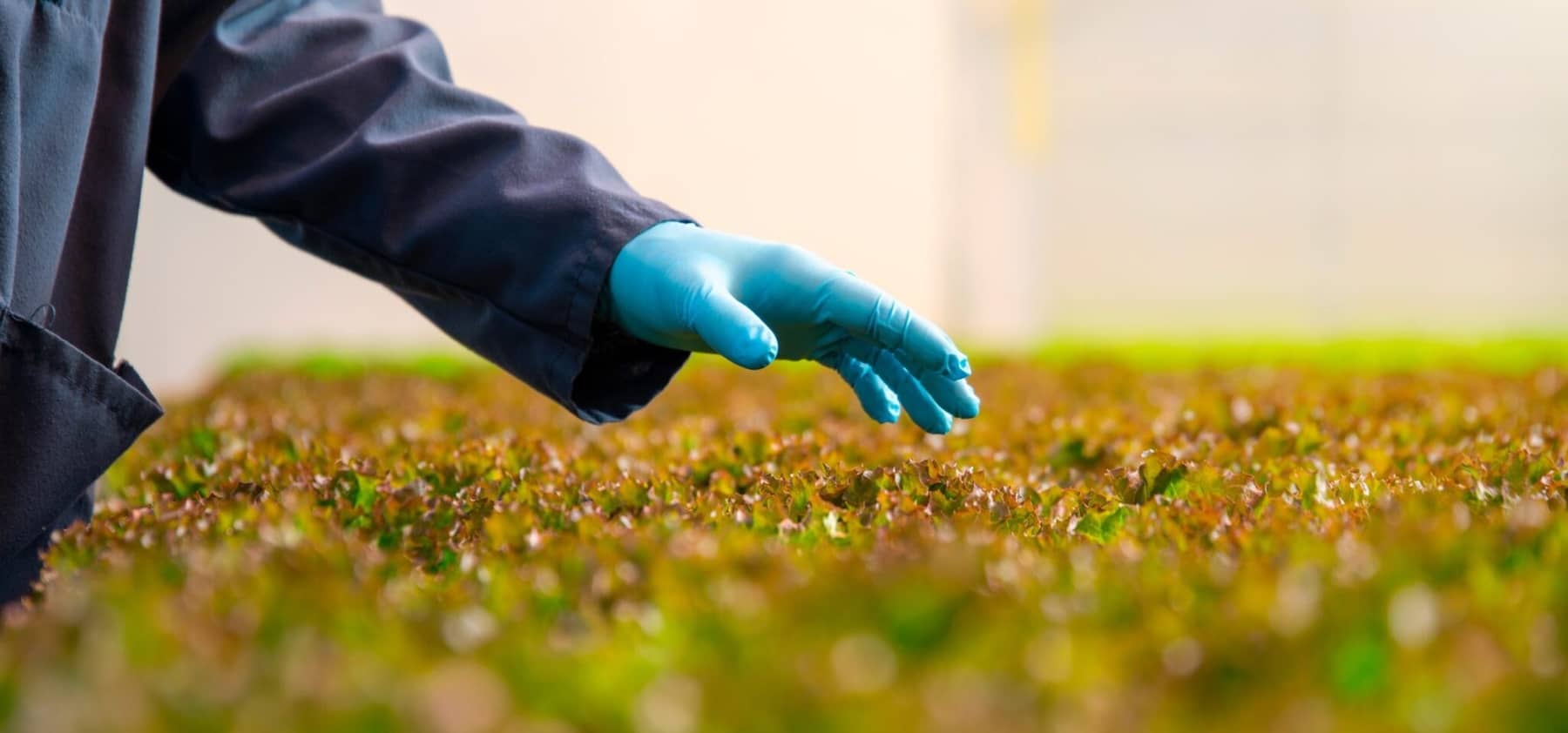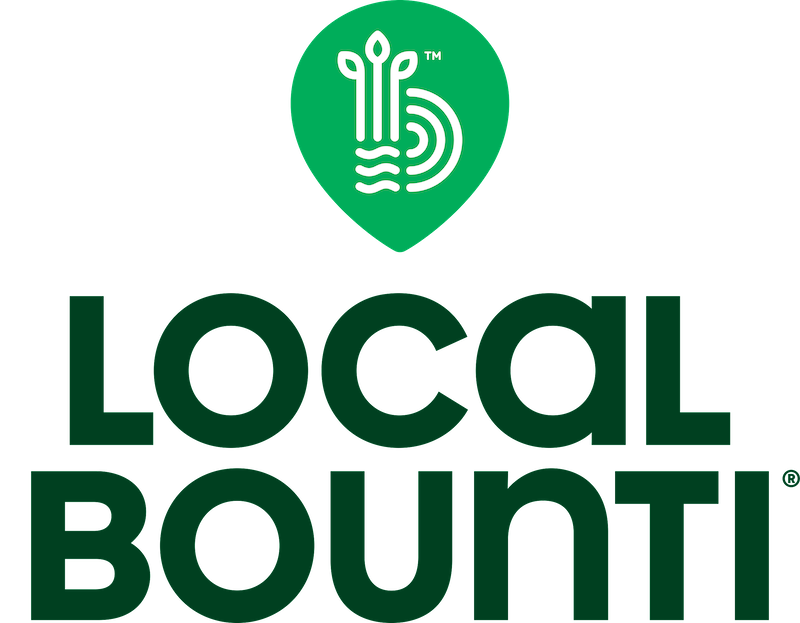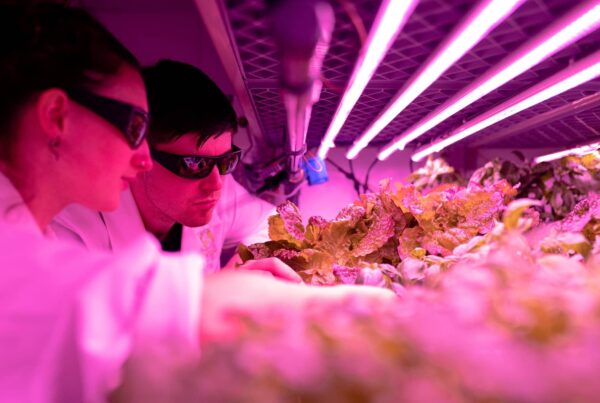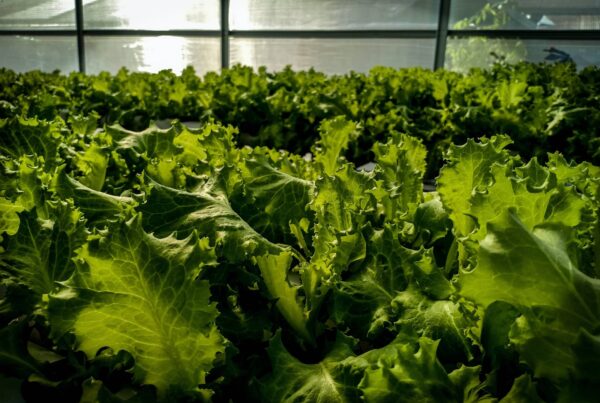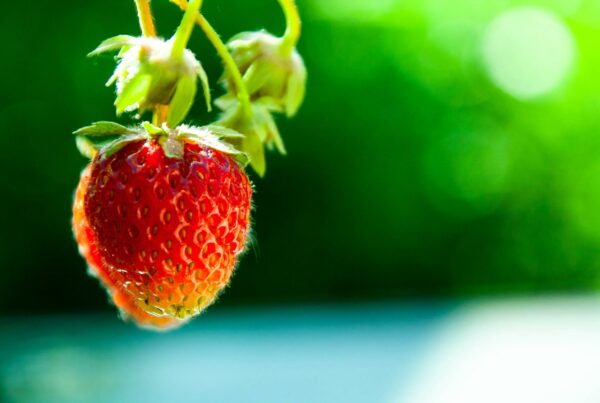Local Bounti’s Approach to Waste Management
Looking at downstream outputs can help controlled environment agriculture growers unlock carbon footprint-reducing solutions.
In developing sustainable agriculture businesses that serve local communities, controlled environment agriculture (CEA) companies are pioneering innovative ways to enhance efficiency and reduce waste. By embracing circularity, indoor farms can significantly reduce their carbon footprints, enhance resource efficiency, and create economic value at a local level from what would otherwise be waste.
Finding, and sometimes creating, circularity opportunities in controlled environment agriculture (CEA) involves creating systems that maximize resource efficiency and minimize waste. And these are not just pie-in-the-sky ideas. Many indoor farms and CEA businesses in operation today have tapped into local economies to develop clever and effective circularity opportunities, including finding and fostering relationships with local companies to divert waste.
These practices highlight how indoor farming can revolutionize food production while fostering environmental stewardship and community engagement.
Local Bounti: Diverting Waste by Building Local Partnerships
Local Bounti has achieved carbon footprint reduction success from its efforts on landfill diversion. The company is currently working on its 2023 sustainability report, and while data is still being finalized, Local Bounti is projecting an impressive 75% landfill diversion rate in 2023.
“We had set a goal two years ago that said by 2024, we were going to get to 50% diversion,” Laura Hann, Local Bounti’s Director of Sustainability, “and have greatly surpassed expectations.”
In 2023, Local Bounti operated out of four facilities: two in California, one in Montana, and one in Georgia. Local Bounti worked to develop a wide network of regional partnerships to reduce its waste, which in turn reduced its carbon footprint via recirculation. The first, and easiest, target for recirculation is the production surplus that goes to community organizations. In 2024, Local Bounti expanded its operations by opening two additional facilities in Washington and Texas, further enhancing its capacity to serve more communities.
“If we do have a surplus in production … we’re doing calls with food banks, food rescue groups, meal services for individuals in the community who have some food security challenges,” Hann details. “It’s something that our whole team is really passionate about.”
Organic waste and produce that cannot be donated is turned over to be composted rather than landfilled. The first outlet for that biomass is companies with commercial composting capabilities, but that still only covers a portion of Local Bounti’s organic waste and sometimes forces the company to fill in supply chain gaps. “We’ve had to find innovative solutions such as working with haulers that aren’t directly affiliated with commercial composters to bridge the gap in the composting supply chain,” Hann says. “Some facilities are located out of the composter’s working radius, so we’re helping bridge this logistics piece.
Attaining the company’s waste diversion targets required buy-in from team members across all company levels. Founders and executives prioritize sustainability goals, Hann continues, and everyone from managers to sales to cultivation staff has a role to play in Local Bounti meeting those goals.
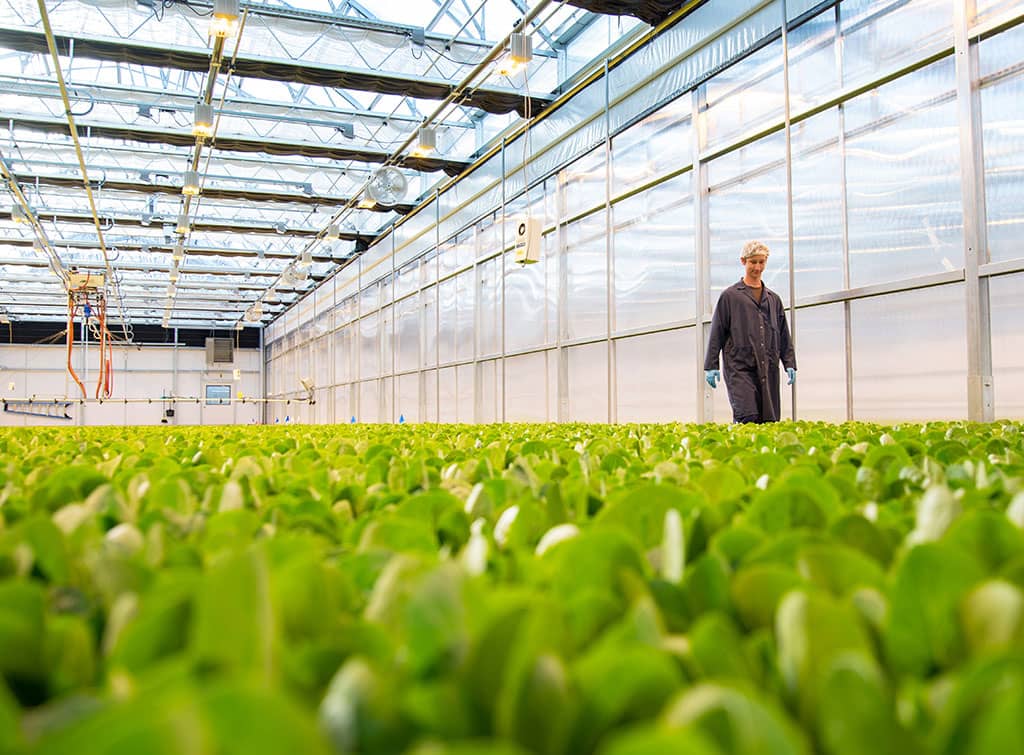
“I don’t own every sustainability-related behavior that happens in Local Bounti,” Hann says. “There are literally hundreds of employees across the company that know that these initiatives are important to us as a business. Our employees believe that these actions are important because they value being part of a sustainable company.”
Only 10% of Local Bounti’s waste diversion efforts have been from inbound inquiries, Hann estimates. This means 90% of the diversion opportunities came from team members conducting research and outreach within the communities in which the company operates.
Hitting that 75% waste diversion metric “was a combination of Googling and calling everybody that you could possibly think of that had a business in the city or county that we’re operating in,” Hann shares. “while, simultaneously, having our folks who live and work in that community asking around their network. Between those two things, we were able to find many possible solutions.”
Outside of commercial composting, Local Bounti diverts part of its organic waste to farmers who can use it as animal feed. At one of their locations, a landscaping company will fetch a portion of that organic matter to add to its green waste composting pile which is used as fill dirt for their projects.
Additionally, “we’ve been looking at where there might be opportunities to tap into, like anaerobic digesters. It’s not something that we’ve got a large volume behind right now, but it’s definitely a technology that we’ve got some interest in,” Hann says. “We’ve been having conversations around locating a digester that has the capacity for the volumes that we’re providing. It’s definitely been a matchmaking process, but one that we continue to explore with our existing sites where things are currently in a compost path–could we move it into an energy production path?”
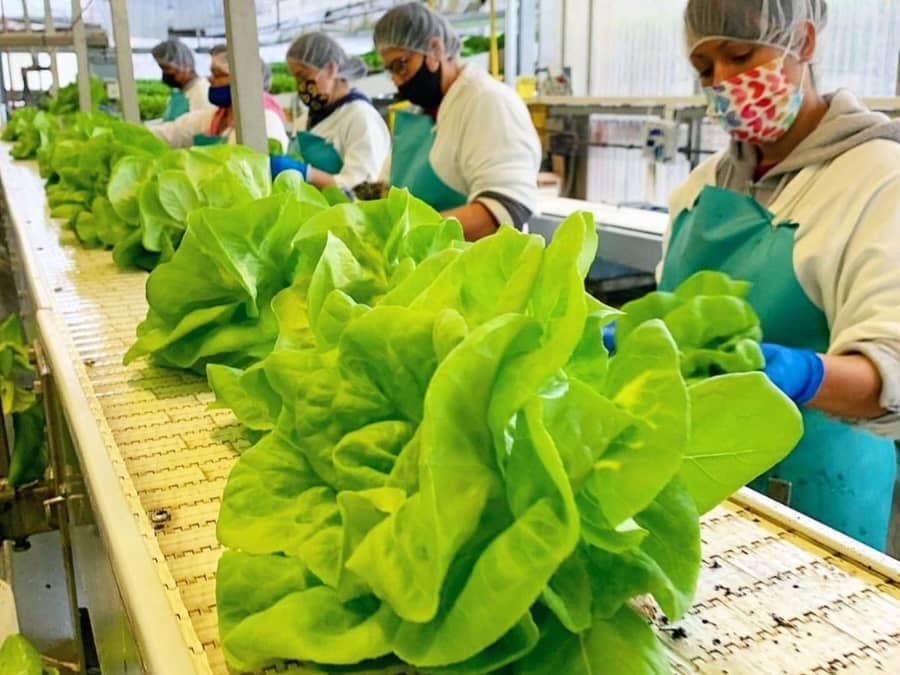
While finding a single user to take the majority of its organic waste would be ideal for Local Bounti, Hann says the majority of its partners are smaller operations which comes with its own challenges. For example, one farmer who was taking the company’s biomass for animal feed switched the animal it was farming and no longer needed Local Bounti’s organic waste. Hann notes that these challenges open up even more creative circularity opportunities.
“We had a lot of opportunities to look at some interesting and exciting technologies and ideas that are out there,” she says, noting as another example a bug farmer who was curious about using Local Bounti’s waste as feed for its bugs. “Ultimately, it wasn’t a good match for what they were trying to do, but there are some exciting opportunities out there,” Hann says. “Multiple times a year, I have phone calls with early-stage companies. I’m excited to have these calls because I get to explore where these collaborations can go and where we’ll see the opportunity for organic waste to be used in other really innovative, productive ways moving forward.”
For CEA companies starting their sustainability journey, Hann stresses the importance of getting buy-in from all levels within the business and starting by tracking and analyzing data. “We, as a company, have been served well early on. We had alignment from our co-founders, our C-suite, our board of directors to look at sustainability, starting with that lens of reporting and disclosure,” she says. “Wanting to be data-driven and transparent along the process has served us well.”
Identifying the frameworks by which you evaluate your business is a tremendous amount of work, Hann admits. But making sure you have executive and employee support can help identify and implement creative solutions.
“Just know,” she says, “it’s always going to be a work in progress. It’s not a perfect process by any stretch of the imagination, but our commitment to being transparent as we continue to improve our data systems and continue to grow as a company, it’s something I feel really good about and proud of our company for continuing to work on. It gives us a real idea of where we can make impacts, which allows everyone across the entire organization to be able to help move the needle.”


